Industry news
Uv-led curing technology
2019-04-11his article provides an overview of UV LED UV curing technology and the many advantages of this technology in bonding and coating applications in the electronics industry. Product manufacturers, equipment manufacturers, and chemical formulators can read the benefits of UV LED UV curing technology and know how to apply UV LED UV curing technology to their manufacturing processes. Specific examples presented in the following sections of this article include how manufacturers use UV LED UV curing technology to make products such as touch screens, mobile phones, microspeakers, and disk drives.
Introduction
Ultraviolet (UV) photocuring technology is a photopolymerization process that uses a UV energy to turn a liquid into a solid. As shown in Fig. 1, after absorbing ultraviolet energy, a photoinitiator (PI) will generate a radical which initiates a crosslinking reaction with a binder (monomer and oligomer) by a polymerization reaction, thereby curing Or coagulate inks, coatings or adhesives, and the entire process described above can usually be completed in just a few seconds.
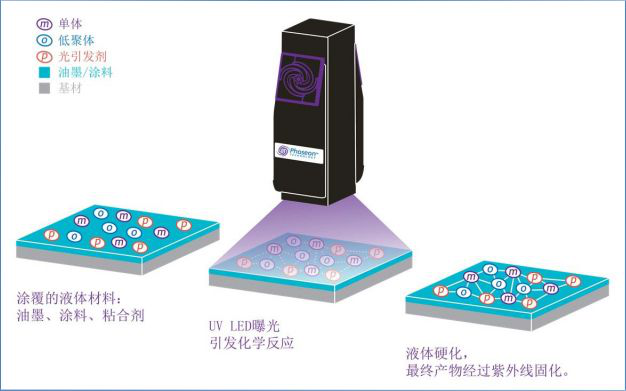
Figure 1 - Photopolymerization process by UV curing
Since its initial launch in 1960, many manufacturers today have used UV curing technology in a wide range of applications, from flat art printing to automotive headlamp coating. In fact, the market for UV curing technology will continue to grow, and because of its higher production efficiency, superior quality and performance, and better environmental benefits, it replaces water-based and solvent-based thermal drying processes. .
Traditionally, most ultraviolet light curing techniques generate an arc by exciting an atom in an ionized gas (usually mercury) chamber, and then the atom decays, producing an arc lamp capable of generating ultraviolet energy and emitting photons outward. The emitted photons cover a wide range of spectra, including some infrared and visible light, as shown in Figure 2. However, typically only about 20% of the spectrum is useful for UV curing processes.
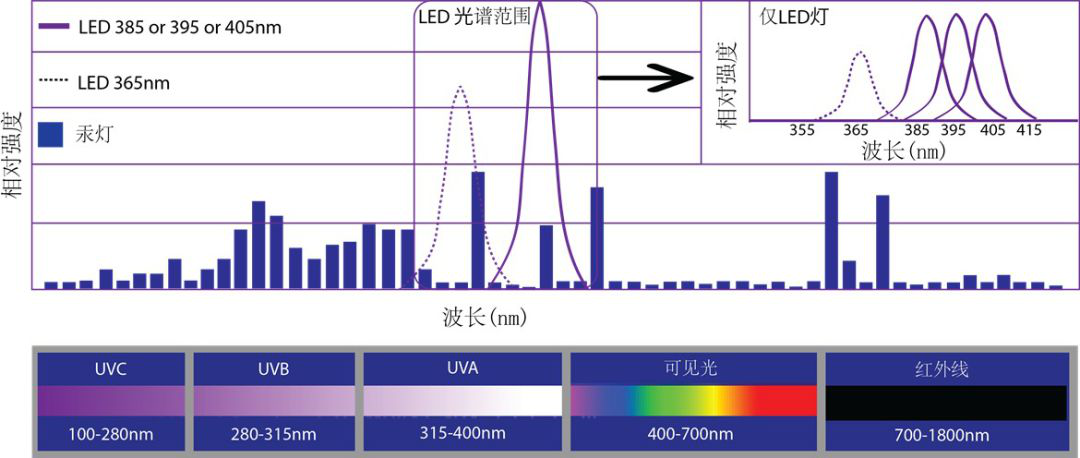
Figure 2 - Comparison of the spectral distribution of mercury lamps and UV LED lamps
UV LED UV curing technology basics
UV LEDs are light-emitting diodes for UV curing applications that produce UV energy in a completely different way. When current or electrons move through a semiconductor device called a diode, it emits energy outward in the form of photons. The specific materials used in the diode determine the wavelength of these photons. If an ultraviolet light emitting diode is used, its output wavelength range is usually narrow +/- 10 nm. Figure 2 above shows a comparison of the wavelength output of a 395nm UV LED with a typical mercury lamp. It is worth noting that the difference between the output intensity and the wavelength of the UV LED and mercury lamps shown in Figure 2 is critical to understanding the UV curing process.
Commercial applications of UV LED UV curing technology have been around for more than a decade. However, its unique output characteristics require formulators to create new UV chemistries that make it easy to take advantage of the many benefits of UV LED UV curing technology. In order to make the UV curing process of inks, coatings or adhesives more effective and efficient, formulators are seeking to overlap the wavelength output of the UV lamp by spectral absorption of PI. Many of the existing UV formulations developed for the typical mercury lamp curing process use a broad spectrum of PI. Some spectra are typically absorbed in the UV LED curing process output range, but most of the PI absorption wavelength range is wasted. Therefore, in order to obtain a more effective curing effect, a new formulation can be developed specifically for the UV LED curing process technology, so that the long-wavelength ultraviolet wavelength range that PI can absorb is expanded.
Advantages
Compared to conventional mercury lamps, UV LED UV curing technology uses many of the most significant application advantages of UV LED lamps, including more environmentally friendly (no ozone or mercury emissions), reduced substrate heat, and higher energy efficiency. . In addition to these advantages, UV LED UV curing technology is well suited for use in electronics manufacturing because of the higher consistency and reliable process control performance and reduced product downtime. The necessary conditions for strict user requirements. UV LED UV curing technology also provides a more precise bond because this technology ensures more precise positioning and alignment of the components and then cures the adhesive in just a few seconds.
Typically, after using UV LED UV curing technology, electronics manufacturers can see a 5-20% increase in manufacturing efficiency. In most cases, UV chemistry can provide improved cure performance and functionality over traditional water-based or solvent-based chemicals. For example, UV coatings have excellent scratch resistance and are widely used in electronic display bonding and coating applications. They also have outstanding optical properties such as reduced reflection and improved readability, even in sunlight. Under conditions.
Due to its superior shape, small size and light weight, UV LED UV curing lamps are very easy to design for manufacturing equipment and can be easily controlled using the industry standard PLC interface. In most cases, because of its faster cure speed, manufacturers can automate batch processing, which significantly increases productivity. In addition, because many electronic components are very small in size, the spotlights and light pipes of UV LED UV curing lamps are ideal for curing areas up to 10 mm in diameter.
Chemical preparations
Ultraviolet chemistries for electronic applications typically contain acrylate, silicone or epoxy formulations, with acrylates being the first choice for manufacturers due to their faster cure speed. Many formulations are in a one-component form, so handling and coating are very convenient. Most UV formulations are 100% solid form, do not cause solvent emissions problems, and can provide a variety of different grades of viscosity depending on the specific application. The shelf life of these formulations varies from 6 months to several years. For certain UV formulation formulations, especially those formulated for bonding or encapsulation, where UV energy cannot reach any position due to the presence of shaded areas, a dual cure principle is required to achieve better cure results, such as UV heating or moisture curing. UV adhesives can be adhered to different materials, such as metals, glass and plastics, by precision spotting using a syringe.
Application in adhesives and coatings
Many different electronic products use UV LED UV curing technology in their manufacturing process. Here, this article only introduces the following four application areas that have been significantly increased. The growth is mainly due to the development of mobile electronic products that are popular among consumers, the miniaturization of components, and the higher productivity of manufacturers. demand.
Touch screen
The touch screen market will continue to grow due to the widespread use of smartphones, tablets, e-book readers, mobile game controllers and car navigation systems. The Asia Pacific region has grown to become the largest and fastest growing regional market for touch screen manufacturing. Compared to arc lamps, UV LED UV curing lamps provide a process of higher consistency and reliability in the field of touch screen manufacturing without causing damage or discoloration of heat sensitive components.
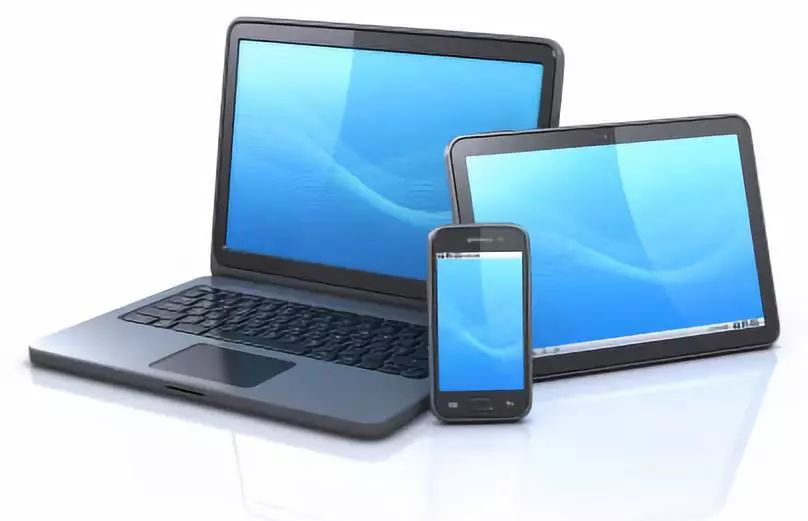
Image: touch screen display
A touch screen is a combination of a plurality of different layers, such as a liquid crystal display (LCD) or an organic light emitting diode (OLED), glass, a conductive layer and a non-conductive layer, and a flexible protective layer. Each layer requires a liquid optically clear adhesive (LOCA) to provide strong adhesion, a protective seal that isolates moisture, ideal optical properties, and the ability to withstand sunlight.
UV LED curing adhesive formulation is usually cured with acrylic or epoxy resin at 365nm UV wavelength. It has excellent optical properties, such as light transmission, reducing reflection, anti-fog, impact resistance and scratch resistance. hurt. UV LED curing adhesives are easy to remove and have high elasticity without shrinking or stretching between layers, so they do not cause image distortion.
Manufacturers of LCD and OLED displays can also use UV LED UV curing technology before assembling into a touch screen. UV LED curing lamps have a low heat output and provide a curing process on demand, which is especially beneficial for preventing damage to sensitive components and providing a consistent high speed process. Among them, a special application area is the edge packaging of OLED, which uses epoxy resin and partially cured UV LED system to provide accurate and efficient curing technology to effectively infiltrate moisture.
Micro speaker
With the popularity of smartphones, tablets and other mobile electronic devices, the market for microspeakers is growing. The challenge of this application is the need to bond different materials (metal, paper, plastic) to reduce the effects of temperature on sensitive components and the need for high speed and high precision. UV LED UV curing technology uses an acrylic binder and typically 365 nm UV light for a reliable and efficient production process. For example, in the bonding of voice coil and diaphragm, the diaphragm is usually made of polyester film, paper or metal, the whole process takes only 2-3 seconds, and the "cold curing" performance of UV LED UV curing lamp It does not damage the delicate and fragile diaphragm material.
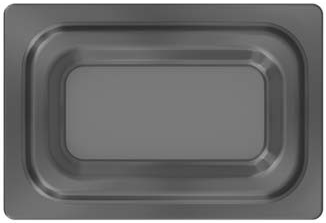
mage: Micro Speaker
With UV LED UV curing technology, microspeakers can be produced at speeds of up to 6,000 pieces per hour. In order to ensure on-time delivery, the OEM can be tested immediately after curing, eliminating the need to maintain existing stock.
Mobile Phone
In addition to the touchscreen and microspeaker applications mentioned above, UV LED UV curing technology is ideal for assembling and painting camera heads, lenses, earpieces, microphones and housings for mobile phones. UV LED UV curing lamps provide consistent output for long-term production in high-volume production operations, have low heat output, and avoid damage to sensitive components, making UV LED UV curing technology effective in assembly of mobile phone components. solution. In addition, UV LED UV curing lamps feature small size and high power for easy integration into efficient manufacturing processes.
Currently, the assembly of compact camera modules in mobile phones uses UV LED UV curing technology to bond micro-components. To connect the lens holder to the image sensor, UV LED UV curing technology uses an automated system that accurately applies UV adhesive to the sensor housing. Next, the precise positioning system is used to accurately position the lens holder on the sensor housing. Finally, the UV LED UV curing lamp cures the adhesive in seconds. Due to the high efficiency of UV LED UV curing technology, mobile phone components can be as productive as 900 pieces per hour.
Disk drive
UV LED UV curing technology is ideal for adhesive curing of disk drive (HDD) components such as suspensions, read/write heads, and head arm assemblies. UV LED UV curing technology delivers greater reliability, productivity and throughput for these applications. UV-curing adhesives offer low outgassing and easy dispensing in a short curing time.
Suspension components, commonly referred to as head gimbal assemblies (HGA), are used to support read/write heads on the surface of a rotating disk. The suspension assembly also carries electronic signals that are transmitted from the read/write head to the disk drive. As disk drives have become smaller and smaller, suspensions and read/write heads are limited to tighter design tolerances. Therefore, it is more difficult to accurately and reliably position the read/write head, so that it is not guaranteed to maintain the conductivity while mounting the suspension. UV LED UV curing technology provides a fast cure viscosity that combines the various components while the coated conductive adhesive is exposed to high temperatures for curing. Recently, the production of head gimbal assemblies (HGA) has eliminated the need to use two different adhesives by formulating formulations that are cured using conductive UV LED UV curing techniques based on epoxy or acrylate chemical components. This approach greatly increases production yield and productivity.
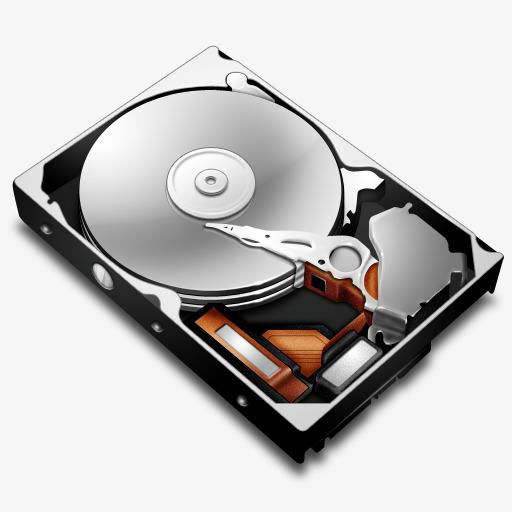
Image: Disk drive
CONCLUSION
UV LED UV curing technology ensures electronics manufacturers' higher yields and productivity thanks to a consistent and stable process that reduces damage to heat sensitive components. Since the UV LED UV curing lamp requires only a small amount of space, it is easy to integrate the UV LED UV curing lamp into a small space. UV LED UV curing lamps do not produce ozone emissions or hazardous mercury waste. Therefore, this technology is considered to be the most environmentally friendly and safe UV curing technology available on the market.
Electronic adhesives and coatings suppliers can use formulations formulated with UV LED UV curing technology, which is easy to handle and coat accurately, and has a fast process speed, making it widely used in electronics manufacturing. Many electronics manufacturers have benefited from the use of UV LED UV curing technology to improve their production processes. Touch screens, mobile phones, microspeakers, and disk drives are just a few of the specific commercial applications of UV LED UV curing technology. Manufacturers of electronic products that already use arc lamp UV curing technology or need to increase productivity should focus on UV LED UV curing technology.
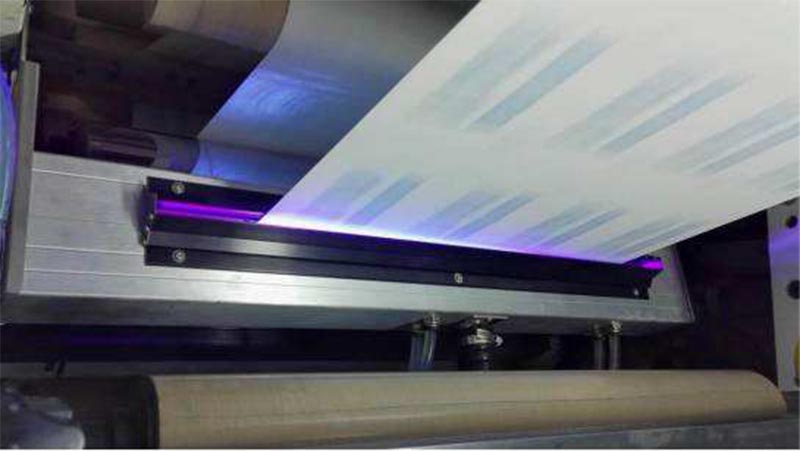
Latest News
What is UV?
MoreAdvantages of UV Curing Lamp for Blue Shield Curing Equipment
MoreIs the light source lamp head of UVLED curing equipment easily contaminated
MoreThe quality of UV curing machine is related to the properties of UV ink
MoreDetailed explanation of knowledge related to UV curing machine reflector cover
More






